iOS App: Design and Development [Complete Process]
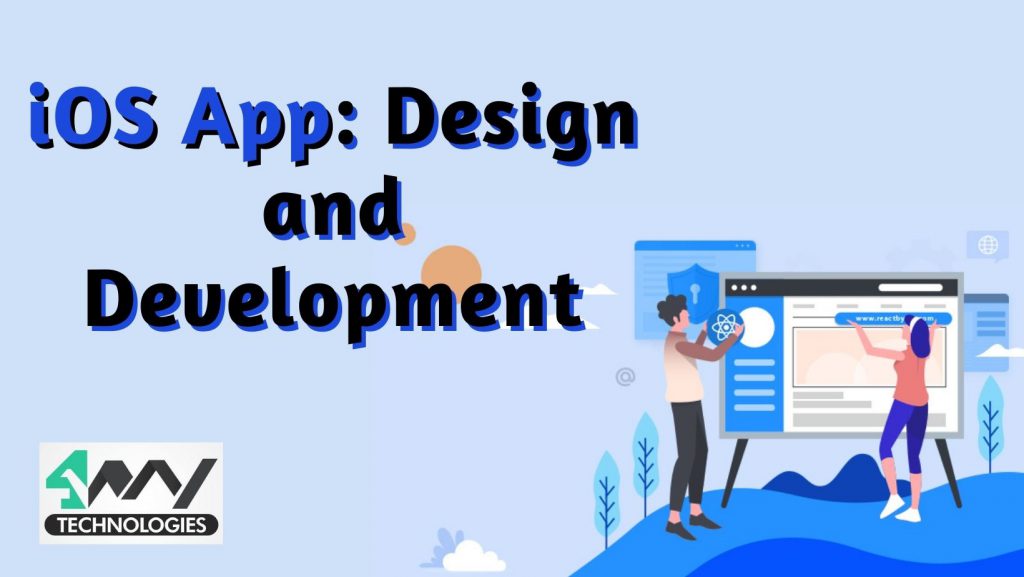
As per the researchers and analysts, there are over 1 billion iPhones currently actively being used across the globe and there 1.96 million on iOS, which means one thing for the mobile app developers that learning iOS app development is a great step forward. The market for iOS mobile app development is booming.
What is iOS?
iOS (iPhone operating system) is an operating system built and developed by Apple Inc. exclusively for iPhones so that Apple doesn’t have to worry about the operating system’s compatibility with the hardware. Though it was only developed for iPhones now it is also being used for other Apple mobile electronic devices like iPod Touch and in previous versions of iPad till 2012, 2012 Apple introduced an operating system specific for iPad that is iPadOS.
What is iOS App Development?
iOS application development is the way toward making mobile applications for Apple equipment, including iPhone, iPad, and iPod Touch. The application can be written in the Swift programming language or Objective-C and afterward sent to the Apple App Store for users to download and install.
Languages and Software for iOS App Development
The app development is not restricted to one language or software the developers can use as many languages, tools, and software available for the particular operating system.
Languages –
- Swift – language developed by Apple Inc. for the sole purpose of iPhone app development.
- Objective – C – language which is an extension of C first came into the picture around 1984.
- Dart – is a language solely designed for web and mobile app development. It was invented by Google in the year of 2011. It is used by Flutter for cross-platform app development.
- C# – is an object-oriented and component-oriented programming language. It was developed by Microsoft. NET.
Software –
- Xcode – Xcode is an integrated development software developed and used by Apple to develop applications on macOS, iOS, iPadOS, watchOS (the operating system for Apple smartwatch), and tvOS (the operating system for Apple smart TV).
- Visual Studio – Visual Studio is an integrated development software developed by Microsoft. It is used for computer programs, web apps, desktop apps, web services, and mobile apps. It is not only used to develop only Microsoft applications but also for cross-platform applications.
- Android Studio – Android Studio is an integrated development software developed by Google mainly with the purpose of android app development. But it can be used with Flutter for iOS app development.
Swift – Programming Language for iOS App Development
Swift is a general-purpose, multi-paradigm programming language that is compiled instead of being interpreted. It was originated by Apple Inc, it belongs to an open-source community launched in 2017, 7 years later than iOS was released. After programming applications on Objective-C Apple decided it needs its own programming language. Swift was developed to use for iOS app development instead of Objective-C. It was influenced by Objective-C, Ruby, Python, C#, and few other languages.
If you want to develop a Native application purely for the iOS platform, Swift is your language. As per researchers and analysts, Swift is the most popular language among iOS app developers.
Swift is an incredible decision for you if you want to develop an iPhone application quickly and easily. The language is generally simple to learn and guarantees a quick development measure, just as compose protected and dependable code. Besides, it is routinely updated, so you can without much of a stretch make any upgrades to your developed iOS application.
Pros of Swift for iPhone App Development
- Open-source
- Fast Development
- Automatic Memory Counting
- Easy to use
- Easy to learn
- Scalable
- Stable
- Interoperability with iOS app developing languages
- Regularly upgrading
- Secure and better at performance
Cons of Swift
- Small community
- Limited resources
Designing iOS Applications
While discussing the designing and developing of iOS mobile applications, we going to stick to Swift as the developing language and Xcode as the developing software, which will be really easy to develop iOS applications. As Xcode is not available for operating system’s other than macOS, using Flutter or React Native will be your best shot.
To have an idea about React Native iOS app development you can refer to our previous blog –
Beginners Guide for React Native.
There are tons of design patterns available for iOS mobile app developers using Swift language and Xcode software. As per the definition, design patterns are reusable design solutions or that can use to address common reoccurring problems with the factors surrounding the software or app designing. The design pattern is not a completed segment but by long-short which can be used directly for compilation or for coding of the software or the application but can be used as a solution for the problems. They are just demonstration templates that can be used while writing the code for the application or software, can be used for inspiration for getting the idea to kick-start the iOS app designing.
By speaking from experience, designing patterns can be proven very useful for iPhone app development.
Benefits of Design Pattern
- Solution for bug removal
The design patterns are useful to provide resolutions for testing the bug and to remove it. It also helps in recognizing the errors made during the programming and planning the app’s structure.
- Easy solution
Provides ease for problem-solving during the development phase of the applications and software. No deep digging under the code or complex study is needed to solve the error, design pattern will do that for you.
- Testing
Design patterns are developer’s friendly. They’ll point the ways out for you to the optimal solutions and meanwhile solve the particular error in the code. There’s no need for you to waste time going through the code several times to find the errors and the bugs.
Three major categories of Design Pattern for iOS app development that you can choose from
As per the Apple and Swift inventors, there are three main categories that can be used for Swift iPhone mobile app development –
- Creational
The creational design patterns are useful in making the item components. It gives substantial proof in the blessing of items so it gets reasonable for a particular condition. The creational configuration designs incorporate various techniques, for example, Singleton, Factory, Abstract, Builder, and so forth.
- Structural
The assignment of the Structural Design Pattern is to work on the way toward planning and to track down a simple strategy for relating the classes and the articles. It additionally includes a few strategies like the MVC, Adapter, Facade, Decorator, and Bridge, and so on.
- Behavioural
The Behavioural Design Patterns are somewhat valuable in getting across the normal correspondence designs between the units and coordinating these examples. It additionally incorporates some significant strategies, for example, the Template Method, Observer, Momento, and Command including others.
Developing an iOS Mobile App
The basic steps to develop an app always remain the same, no matter if we are pitching for Android app store or iOS app store, or even desktop applications.
- Planning
iOS application development begins with the planning and having an awesome just like any other application or software. Have an idea for building an app? Analyze the market for competition, plan what different features you going to implement in your applications, how it’s going to help the end-users, what will your plan of action to make your idea come alive and running on the app store.
A careful market examination is fundamental to guarantee you’re your application will hang out in its market specialty. The planning additionally involves masterminding all necessities required in the ensuing periods of application improvement.
- Designing
The following stage initiates with recording the necessities for the planning stage. The interaction initiates with paper draws, wireframes, and plans that portray how the application would resemble and look to the end-users.
UI and UX Design is a critical period of the cycle, deciding the user experience and how the application will work and run. Now, the objective is to make plans that are outwardly engaging and simple to explore. The application’s UI and UX ought to likewise follow Apple’s rules.
- Software Architecture
The focus and one of the utmost rules of iOS mobile application development are to break the model view controller (MVC) standard into three fragments, i.e., information, UI, and programming. While choosing the design of the application, developers need to work at the front and back-end at the same time, before the actual development. This ensures the sufficiency and adaptability of the end-product for the application.
- Development
This is the stage of the development where you actually focus on the real development, this the stage where all the planning, designing, structuring comes together to actually building the application. The development stage is about bringing your idea to life so that end-users can use it.
During this stage, you won’t be working with just one thing but three diverse yet pivotal pieces of the task that is the back end, the API, and the front-end of the application.
There are different designer rules characterized by Apple. Hence, iOS application developers need to consolidate the components and best practices expected to convey a private and secure client experience.
- Quality Assurance and Testing
After completion of all the above steps to develop your iOS application, the next and final step before launching the application is the quality assurance of your application and testing it, if it’s fit to be launched on the Apple app store.
Testing the iOS application is a critical part of the cycle, since it very well may be one reason behind application dismissal when submitted to the App store.
The developers need to test the applications on the Apple mobile devices for ideal execution, smooth user experience, investigating, ideal memory use, security, and guarantee it is in exhaustive consistency with all Apple rules.
- Launch the app on the App store
The most satisfying step after going through all the vigorous steps of developing the app is to finally launch it on the App Store and see it growing in the market.
To have a more vivid idea about launching your iOS application on the Apple app store you can refer to our previous blog –
How to Launch an App?
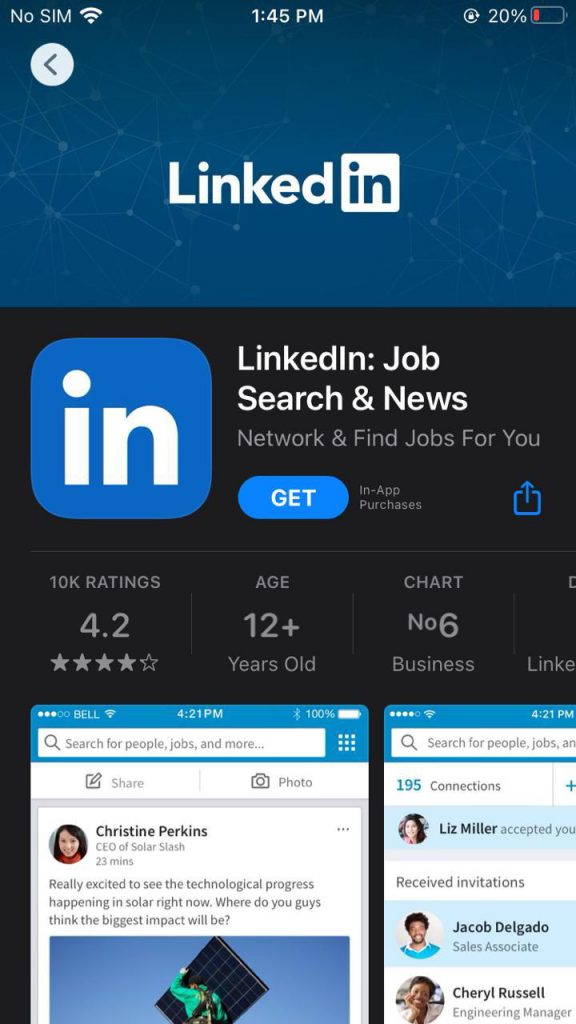
- Marketing
After developing and launching the application, you can sit back and relax but not too much because the users won’t be coming to install your application until and unless you don’t market and promote it.
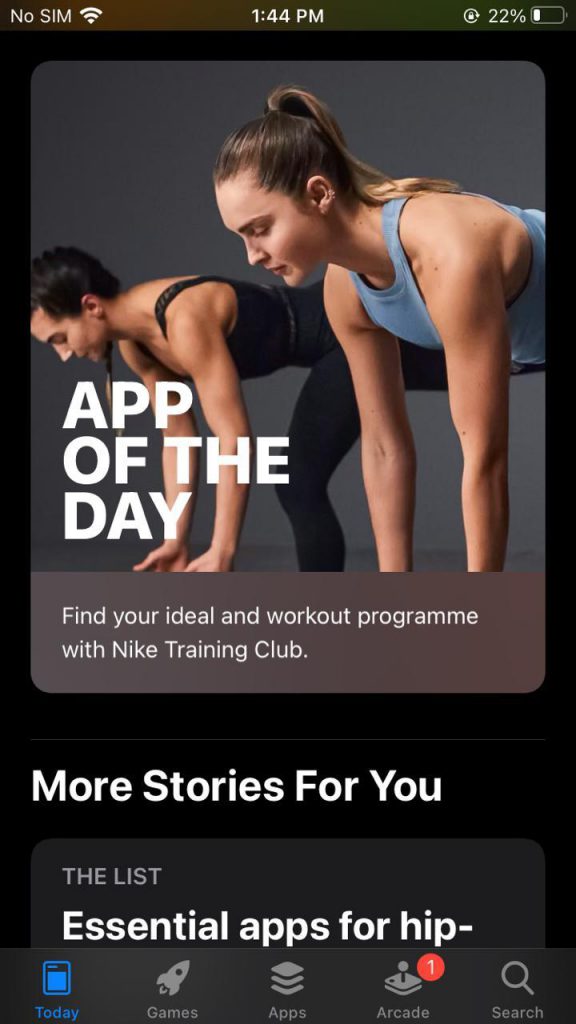
- Maintenance and regular updates
The last step and equally crucial step is to maintain your app keep it bug-free so you won’t lose your users and keep updating it as per new techniques that come in the market.
The Actual iOS Development
This one is for the fledglings who are not very much aware of the Xcode but rather know a tad of Swift yet need to take a shot at iPhone application development. This article strolls you through the essential strides to foster a straightforward iOS application.
Download and install Xcode on your Mac for the iPhone app development.
You can use – https://developer.apple.com/xcode/

Launch Xcode. And select ‘Create a New Xcode Project’.
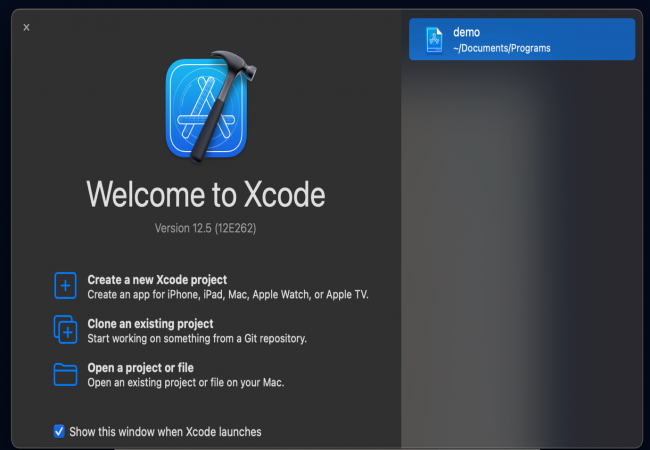
Select App and click Next.
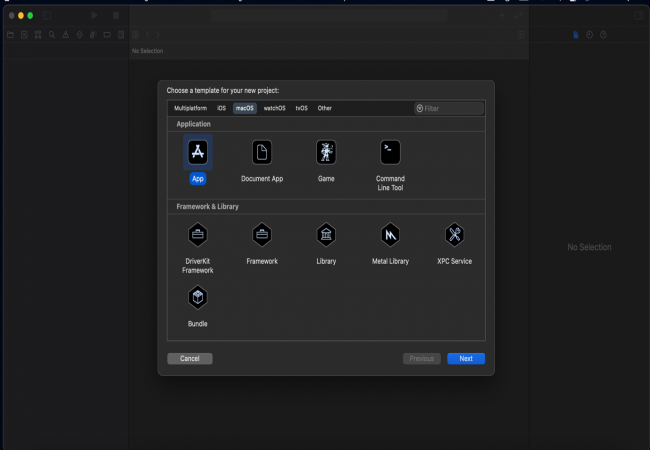
The next step will be naming your iOS application.
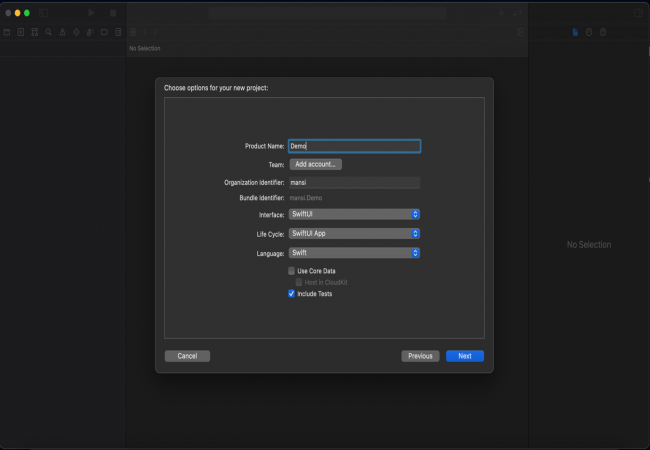
- To select the language, choose the one you’re well-versed with, it’s better to go with Swift as it
- Make a note of the ‘Save location’ just in a case scenario when you need to locate it.
- Click on Next.
Choose the folder you want to save your project in.
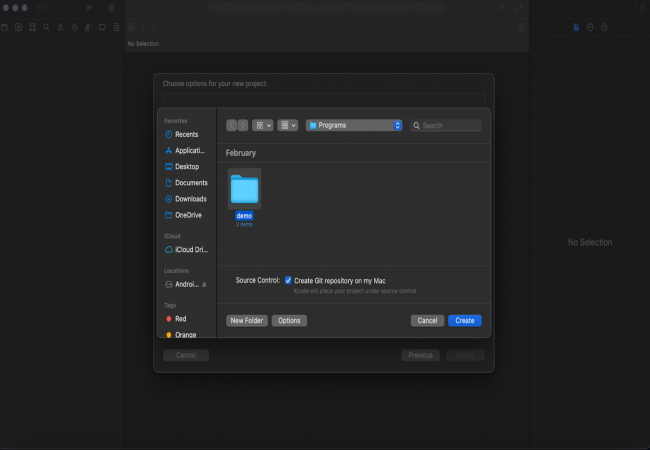
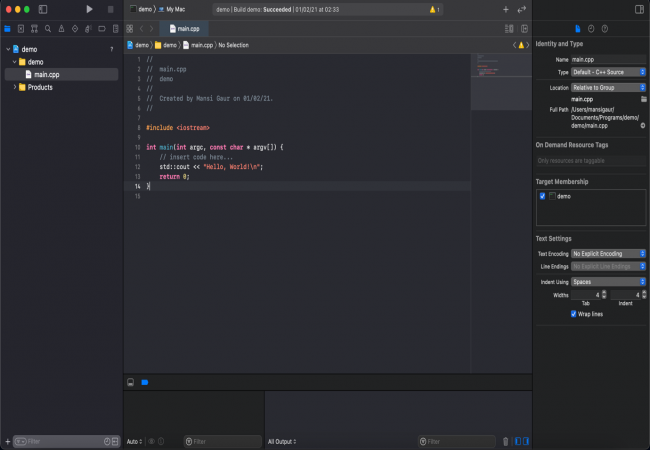
Examine the project structure and the layouts available. Make yourself aware of the things and features that are available at your fingertips.

After selecting the folder, and exploring the software. You can punch in the code, the basic code maybe something like “Hello World” and try to execute, just to make sure your Gradle is built successfully and giving you the desired output.
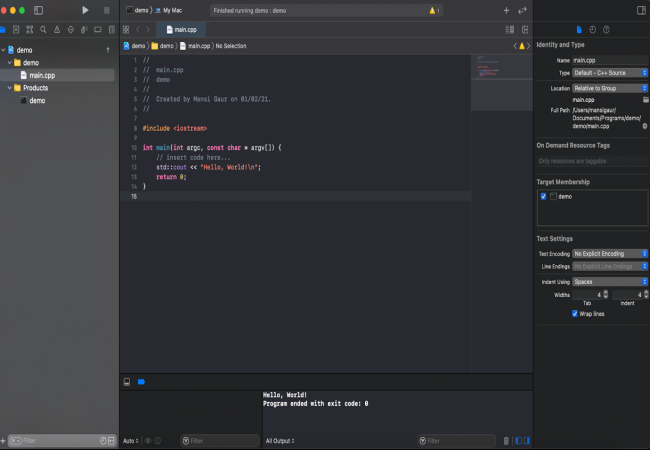
After running the basic program and getting the satisfactory output you can start writing the code for your desired application. And if you are stuck anywhere, you can always refer to the in-built Xcode guide that will explain the working and usage of the functions. You can always test run your applications to see how the output will.
You can generally have a visual portrayal of how your iOS application will look. During the 2.3 advances referenced early right beneath the language choice, there’s another drop-down for choosing User Interface. In the event that you feel free to choose the Storyboard, it’ll give you the virtual incitement of how an iPhone application created by you will resemble. Storyboards have intuitive choices where you can relocate the bits, text boxes, catches anything you desire to use on the screen of your virtual telephone. On the right-side board, you can change the size and the content on the bits according to your desire.

As Swift language is the focus for developing the iOS mobile applications we highly recommend you to stick to the language before jumping to Storyboard.
Wrapping Up
This article is to give you a general insight into iOS app development and design. Through this one, we tried to give you basic knowledge about iPhone mobile app development and how to build basic, beginners’ level iOS applications using Swift as a language and Xcode as the software.

A freelancing blogs and e-books writer who keeps you up with the trending technologies and user guides. A blogger who is currently a post-graduate living in United Kingdom and trying to make her niche as a Data Scientist. Before taking a deep dive into the "Data-World", she got a Bachelor's Technology degree in Computer Science and has always dreamed of writing as a kid which inspired her to write wonderful content with the right amount of technical terms to make it easy for the beginners and as well full-fledged developers to grasp a hold onto the computer technologies.